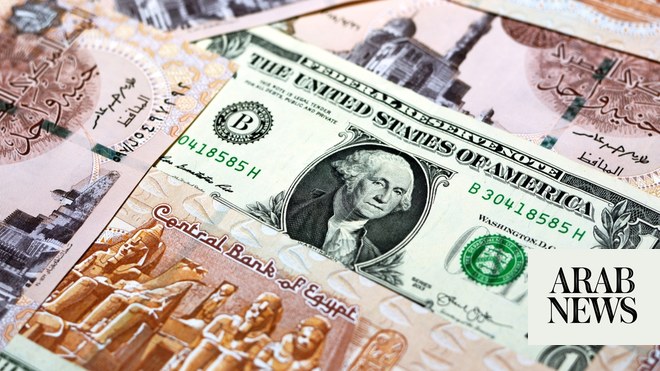
Emirate’s debt capital markets outstanding are expected to reach $300 billion in the second half of 2025
RIYADH: The UAE’s debt capital market outstanding surged by 11.8 percent annually to $281 billion in the first half of this year, with 71.5 percent of US-denominated dollars, a new report has revealed.
According to data released by the credit agency Fitch Ratings, the country’s debt capital markets outstanding are expected to reach $300 billion in the second half of 2025.
“The DCM structural reforms, the implementation of the Dirham Monetary Framework, and generally resilient investor appetite have led to notable growth over the past five years,” said the Global Head of Islamic Finance at Fitch Ratings, Bashar Al-Natoor.
“However, there are still gaps to address,” he added. “The dirham market remains nascent, the investor base is highly concentrated in banks and most corporates still prefer bank financing over bonds or sukuk.”
Following the UN climate change conference COP28 in the UAE in late 2023, environmental, social, and governance debt issuance in the first half of this year fell 35 percent to $3.3 billion, with sukuk accounting for the vast majority of 67.5 percent.
The Emirates was the third-largest US dollar debt issuer among emerging markets, excluding China, with an 8.9 percent share of the total in the first half of 2024.
Al-Natoor said that despite the growth in Islamic finance, many corporates still prefer traditional bank financing over issuing bonds or sukuk due to perceived complexities in adhering to Shariah standards set by the Accounting and Auditing Organization for Islamic Financial Institutions.
The only countries with a larger percentage than the UAE were Saudi Arabia, with a 17.4 percent share, and Brazil, with 9.4 percent, according to Fitch Ratings.
Sukuk issuance in all currencies increased by 9.8 percent annually, totaling $8.4 billion, outperforming bond issuance, which decreased by 44.3 percent to $39 billion.
Dollar-denominated DCM issuances included a notable share of sukuk at 27.7 percent in the first half, down from 35.3 percent in the same period last year.
Fitch has assigned ratings to $26.5 billion worth of UAE sukuk, with 94.3 percent maintaining investment-grade status.
Certain UAE banks, both Islamic and conventional, have been restricted from investing in specific sukuk unless they hold them until maturity due to guidelines from the Higher Shariah Authority of the Central Bank.
“We forecast consolidated UAE government debt at 24 percent of GDP (gross domestic product) at end-2024, well below the 49 percent ‘AA’ category median,” the credit rating agency said, adding: “Individual emirates have varied debt profiles; Sharjah stands out with a higher debt burden.”
Abu Dhabi and Dubai are expected to post surpluses, whereas deficits are projected for Sharjah and Ras Al-Khaimah, where Fitch upgraded RAK’s rating to “A+” from “A” in May 2024.












